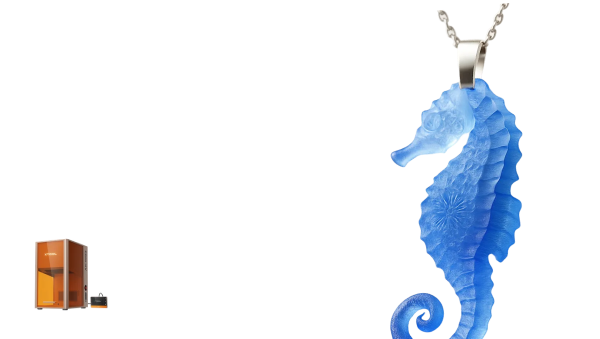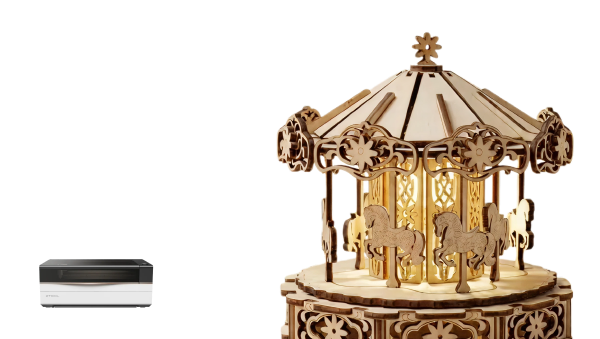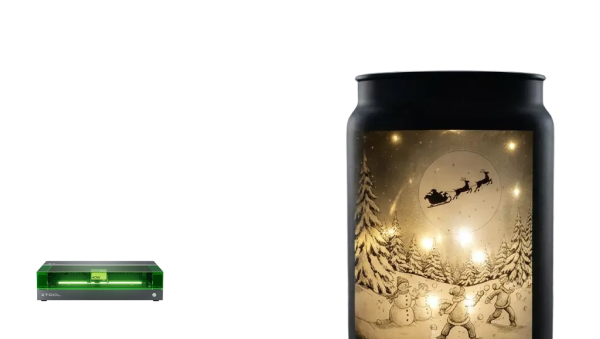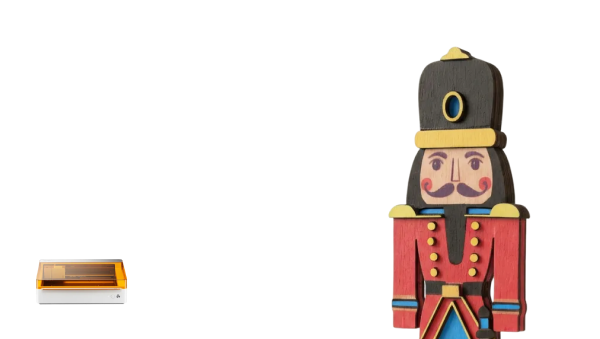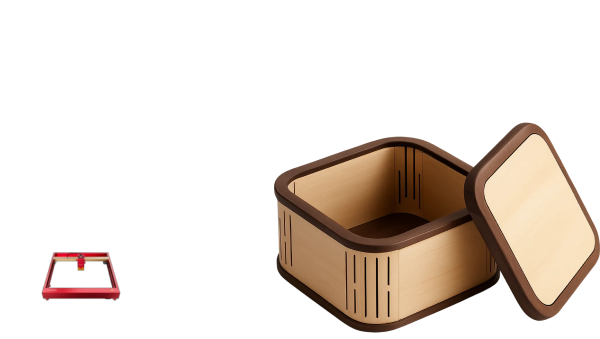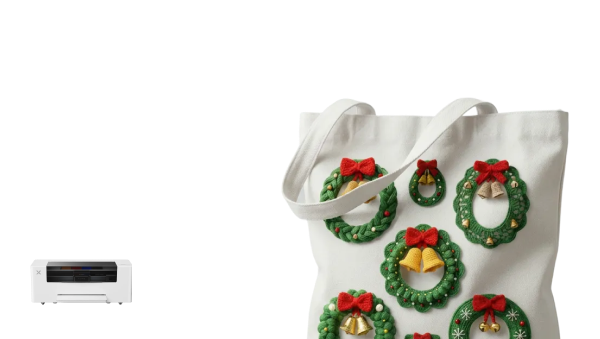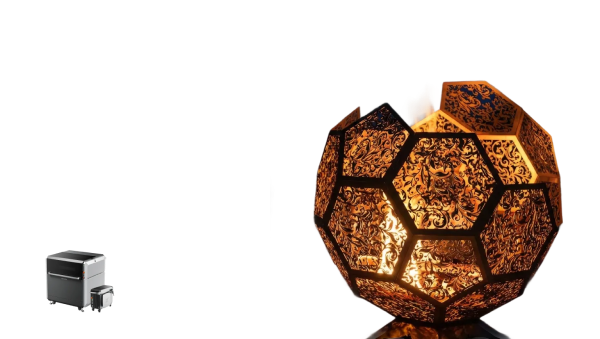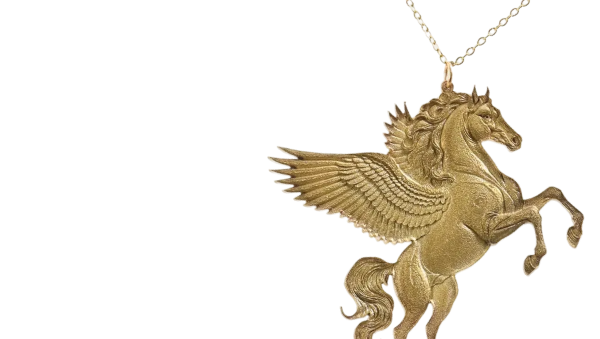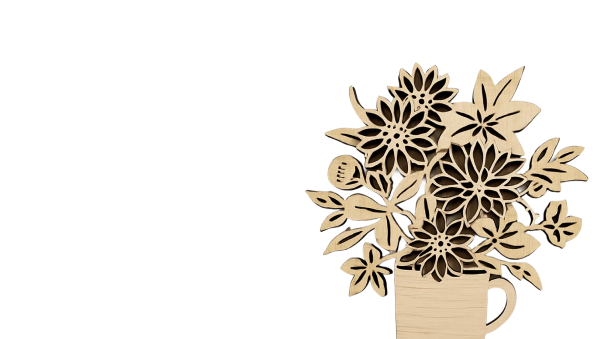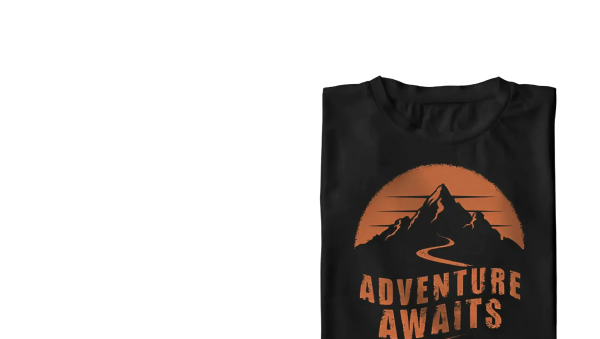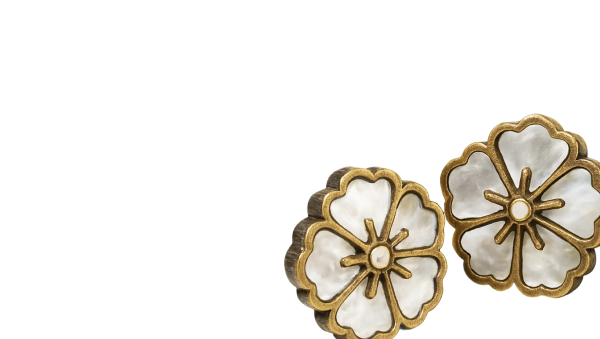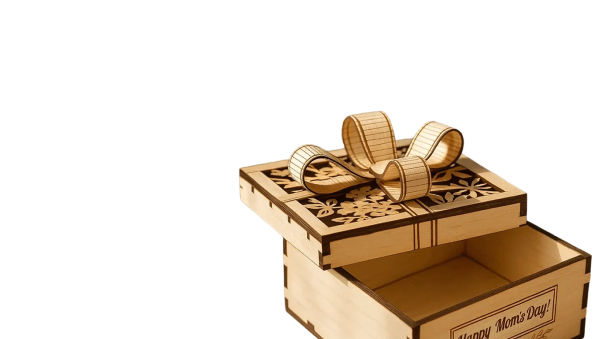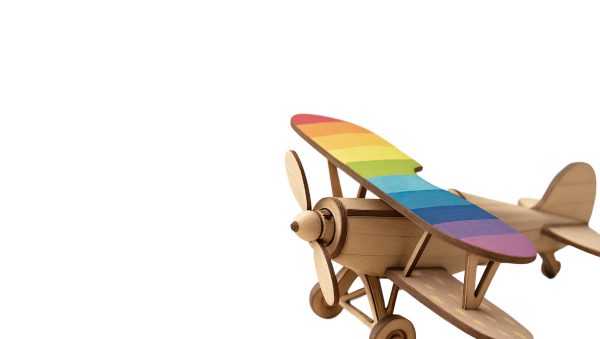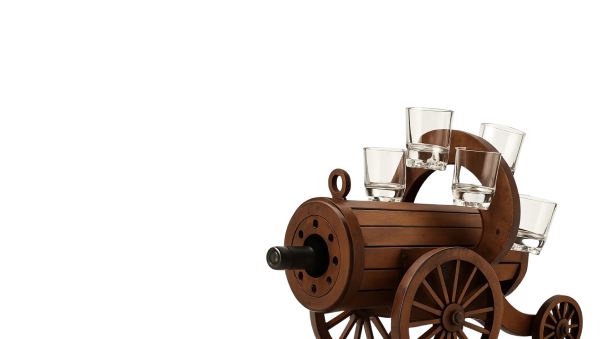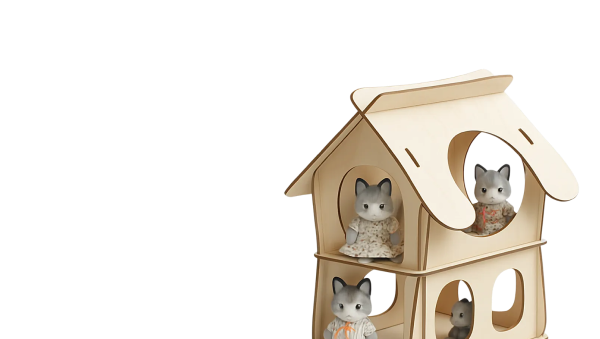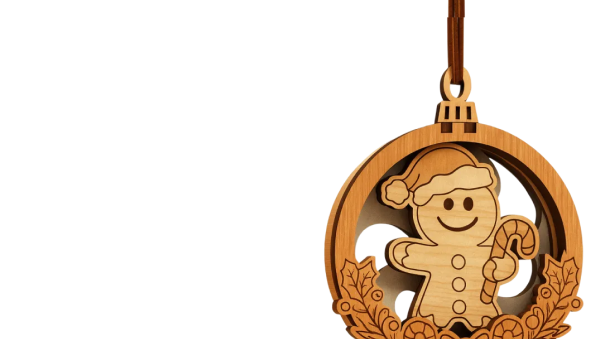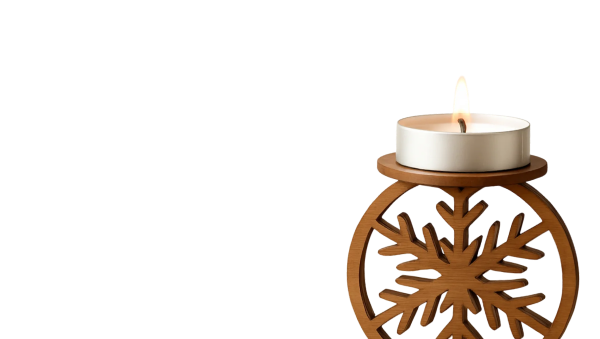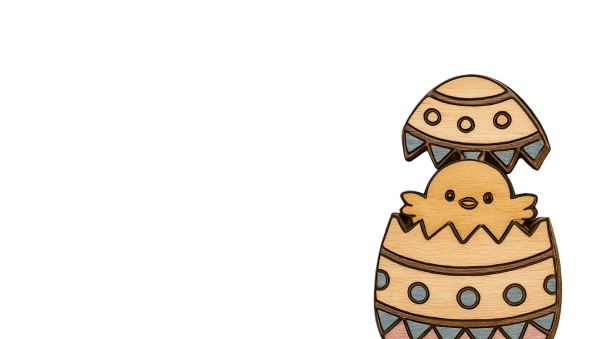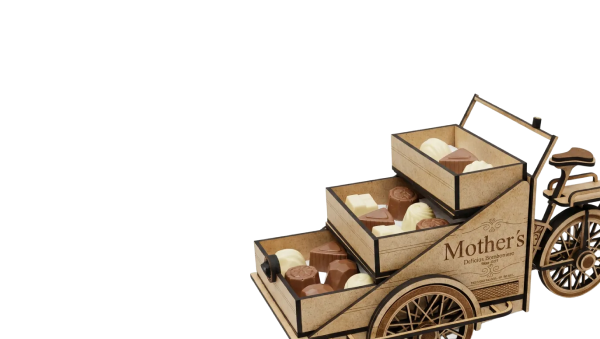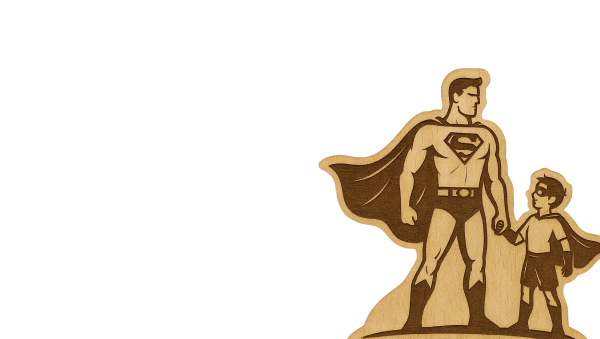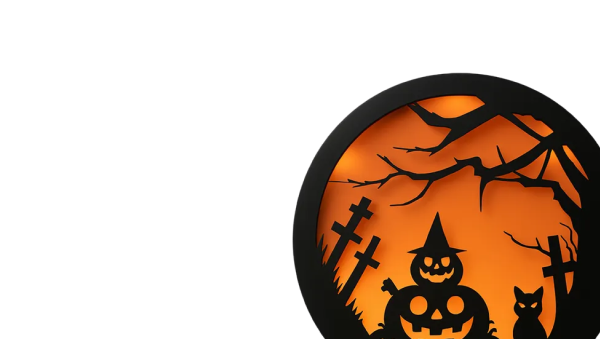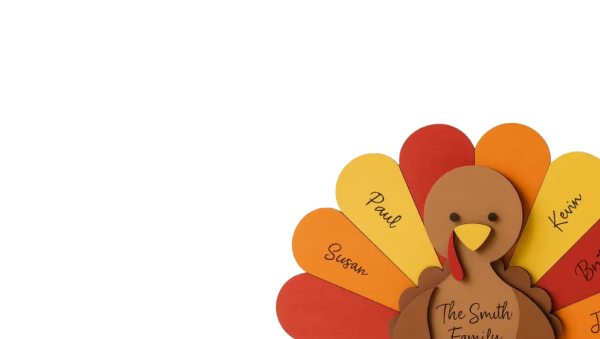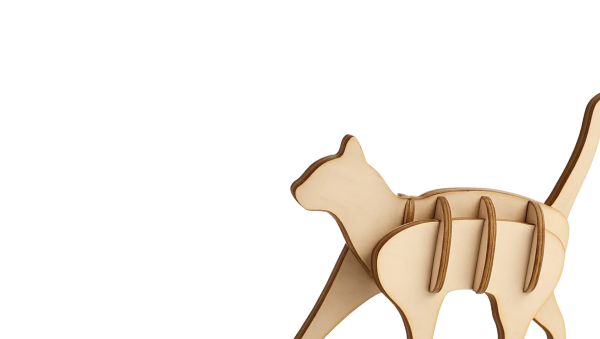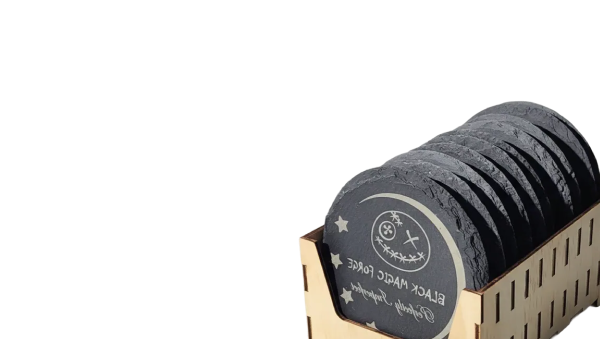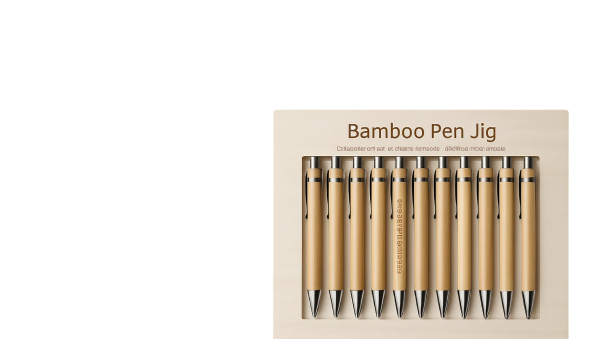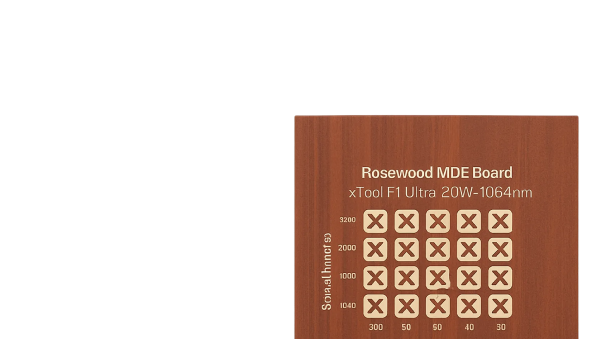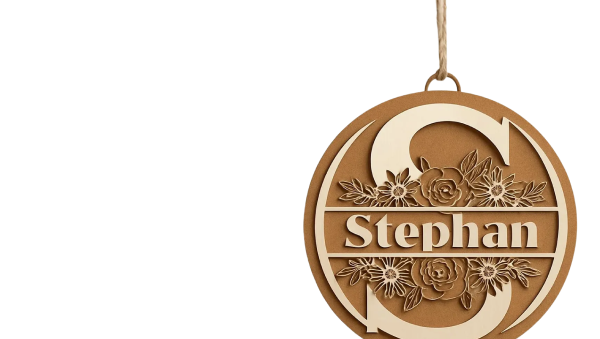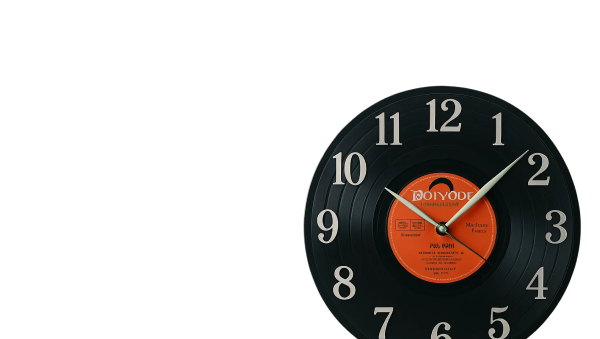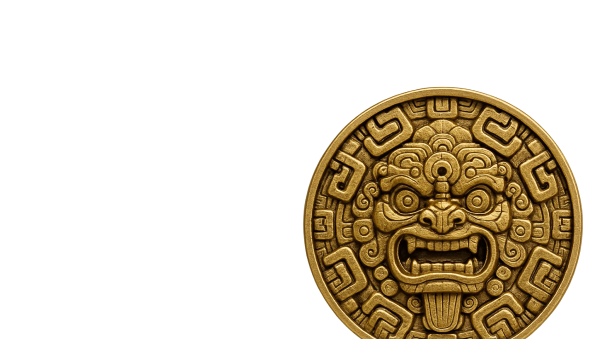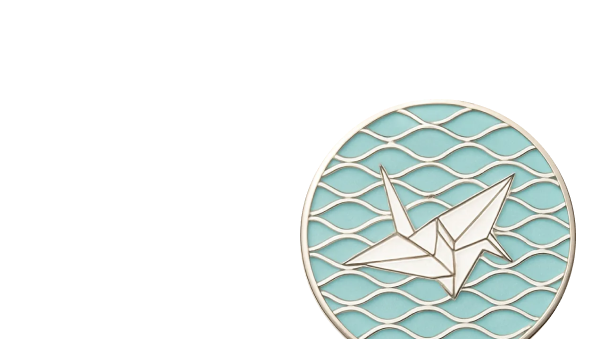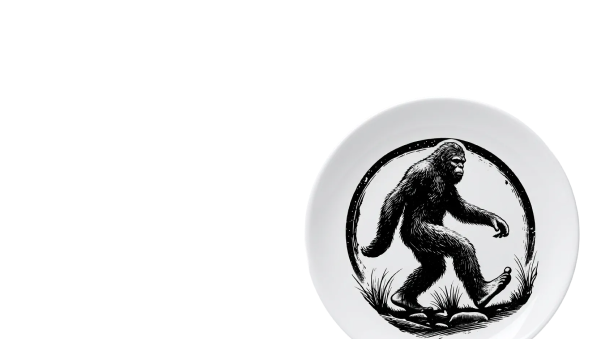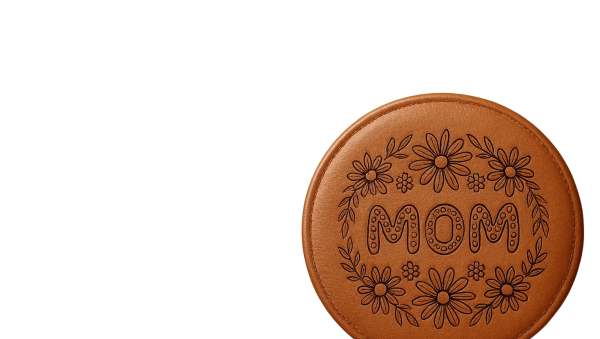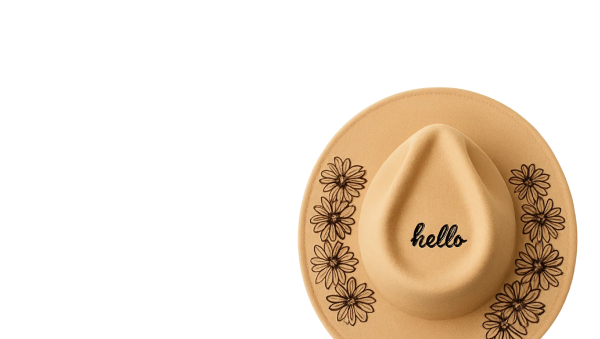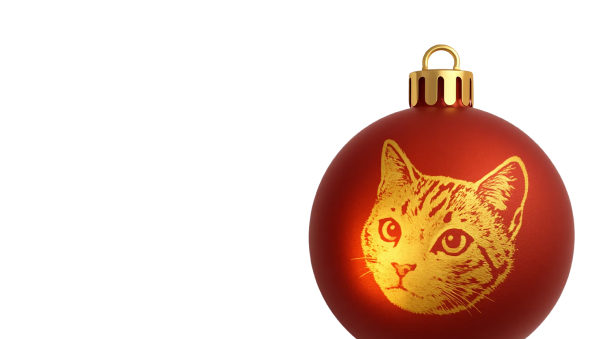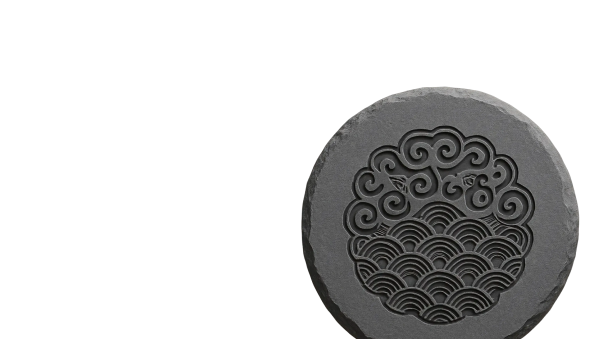![[Laser cut and engrave] Engraving Switch Plates](https://image-res.xtool.com/ali-res/community/making/130b4a5d-eaa0-4a0b-92a1-f2f36372efdc.jpeg?x-oss-process=image/resize,w_1200,h_900,limit_0/interlace,1/format,webp/auto-orient,1)
Engraving Switch Plates
Information
Engraved switch plates are a nice way to add a custom feel to your home while also adding clarity to obscure or multiple switches. It's not safe to engrave on plastic with a CO2 or Diode laser, but metal plates engrave nicely, either by burning off the painted finish or etching through and darkening the underlying metal. Wood plates are another good alternative, but most I've found are either ugly or expensive (or both). Someday I hope to make my own switch plates. That's another project for another time, though.
This project will walk you through the steps to engrave on metal or wood paddle/Decora switch plates. Note that this project takes advantage of a fixture I created to position plates for engraving. You'll want to check that out first, and I have a link to that project in step 2.
Instruction
Step1: Test Material
I'm big on testing materials before doing any real projects with them. And with switch plates, I've found that's very important. Metal is not metal. Different paints, coatings, or cores react differently to the laser. So I've created a few test patterns I run on all new switch plate styles. I recommend this for all switch plate engraving: Before engraving on the actual switch plates, run a test on a blank. I prefer double (2-gang) blanks, but a single blank can work in a pinch. I've created test patterns for both.
Feel free to use the test pattern design file I've attached, but you may find your material requires additional testing—either stronger or more delicate, depending on the surface. If you have air assist, use it. I've found that it helps…even on metal surfaces.
Use a microfiber cloth or a cotton swap to clean the surface. If there's scorching on the plate, you may need to wipe with some rubbing alcohol to remove that.
After examining the results, note the power and speed settings that yield the best results on your sample.
Step2: Grab My Switch Plate Fixture
The first time I attempted to engrave on a switch plate, I quickly realized how exacting the process was (and how difficult it was to engrave exactly where you want to). So before going any further, I created a fixture for engraving switch plates. If you intend to engrave more than one or two plates of your own, I highly recommend getting and creating a copy of the fixture/jig (the jury's out over whether it's technically a fixture or a jig) I built and posted a while back. I've already done the work to ensure everything's placed and measured correctly for these types of projects. At least for paddle/Decora switches. I have a plan for toggle switches, too, but I have not tested that yet.
Step3: Set Up Labels
Since we can't bring elements from one project file into an existing project file, start with my template project and save that as your own project. Before placing your switch plate and before editing any of the placeholder labels, sit one of the switch plates you're using anywhere on the fixture/jig so the level surface of the plate is under the red auto-measure dot. With nothing selected, click the Auto-measure button to capture your material thickness (or height, really).
With the material height determined, place your switch plate around the inserts positioned in the fixture, as in the picture above. If it's a multi-gang plate, you'll need two inserts—one at each end of the plate. The orange guide boxes should be nuzzled right between the top of the paddle switch and the indentation for the top screw hole. If that's not the case, reposition the whole rig in the engraver or Select All elements in the design and move them. Everything should look aligned over the switch plate even if it looks skewed elsewhere on the fixture.
Now edit the placeholder labels with your own, taking care to keep the full label inside the orange box. With the default font and size used (Futura Bold 10), you should have ample room for labels with up to two lines of around 14 characters.
We come up on some more limitations of the XCS tool here. While text is centered in each placeholder label, XCS doesn't anchor the text from its center, so it won't stay centered once you replace the text. I recommend manually moving it to the center of the orange guide boundary. XCS's alignment guides should help you snap it into position. Resist using the tool's alignment feature to align it with either the guide box or the center line, since that will likely move both objects—another XCS limitation since you can't lock elements into position.
Repeat the process for each switch. If you're engraving on multiple plates at once, be sure they're all the same type—don't mix different styles of plates in the same job since they may have slightly different thicknesses.
Once your labels are set and aligned, select the Engraving layer to select all the labels, and set the power and speed settings to the values you preferred in your material test. Don't change them from Ignore to Output yet. You still have some framing to do to ensure everything's aligned properly.
Step4: Check and Re-check
I recommend several framing tests to ensure you have everything lined up properly. You don't want to go ruining a perfectly good switch plate!
First, select the purple centerlines for just the plate positions you're engraving. Change them from Ignore to Output. Click the gear icon next to the Framing button to adjust the framing speed to its lowest setting. Now run framing. If everything's aligned properly, you should see the laser frame across the top, through both screw holes and down the center of the rightmost switch opening, then over to the scan across the leftmost screw holes and up the center of that switch opening. If that's not what you're seeing, adjust the fixture, move the design file elements (Select All) or gently nudge the switch plate itself to correct the alignment. Run the test again, and when you're satisfied, select the Centerlines layer and set all to Ignore.
Now do the same for the guide boxes around the labels you're engraving. Select just the boxes for the switches you're labeling and change them from Ignore to Output. Again run framing. If everything's aligned properly, you should see the laser outline the area across all the switches, between the screw and the top of the paddle. If it dips into the screw indentation or into the opening, you'll need to adjust things and run it again. When you're satisfied, select the Guides layer and set all to Ignore.
Finally, visually check each label that you're engraving, and ensure that they're properly centered or aligned as you'd like in the guide boxes.
If you're engraving multiple plates at the same time, I recommend checking the framing around each plate separately.
Step5: Engrave and Clean
Engraving is the quick part of this process. Select only the labels you're engraving and set them from Ignore to Output. By default, all the labels are ignored to prevent accidental engraving. Now it's time to process. If you have an air assist pump, turn it on.
Visually confirm that XCS is showing just the labels you want to engrave. If not, go back and adjust the Ignore/Output settings accordingly. Start the process, and press that button. The engraving should only take a few minutes. When it's done, remove the plate(s) carefully. Note that metal plates may be a little hot to touch near the top, depending on how intense your settings were.
Clean your plate with a soft cloth or microfiber towel to remove any debris. As with your test grids, you can clean scorching with an alcohol-soaked cotton swab or wipe.
Tip: I've come to learn that some metal scorching inside the engraved area can be “cured” (if that's the right term here) by heating the area with a heat gun. If that's the effect you're after, and there's no risidual burning around the engraved area, do not clean the plate before applying the heat.
Conclusion
As you can see in the included photos, I've used this process to engrave multiple plates around the house with different finishes. I'm delighted with the professional look they add. I wish I could engrave on plastic and vinyl, but since chlorine gas is toxic, I'm going to avoid that. Maybe someday I can get a fiber laser and mark plastics. Until then, I'm sticking with metal and wood.
I'll share some of the settings I've found optimal for various plates in the comments below. Please consider doing the same!
